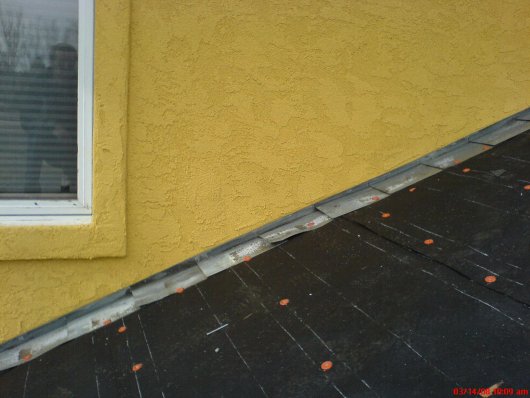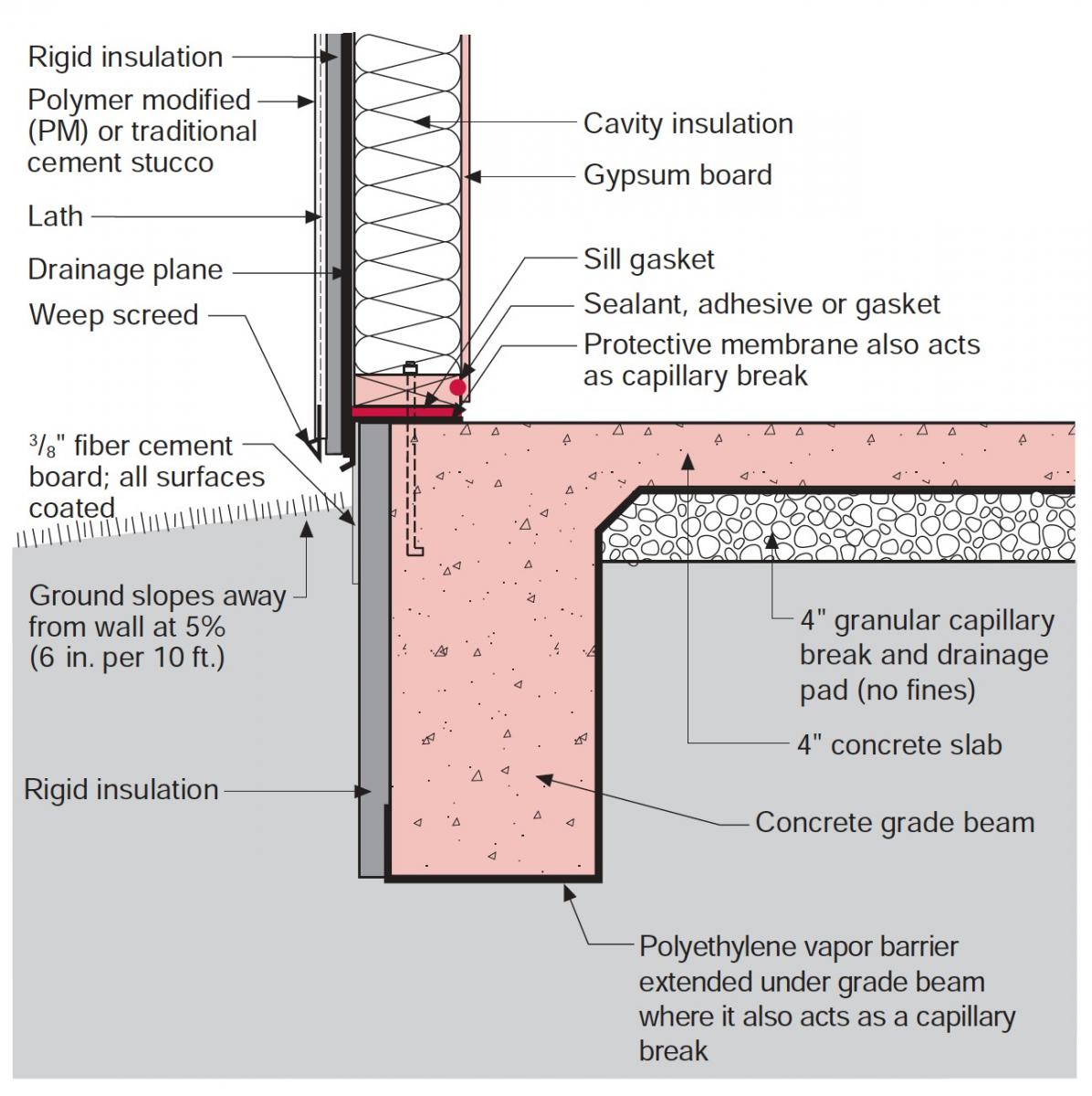Temporarily remove the baseboard and do something more effective perhaps paint with something like mastic or flexseal having first put down masking tape or perhaps somehow install a strip of some sort of tape or barrier sheet to cover the line where the wall meets the floor.
How to seal where stucco wall meets the floor.
Stucco cladding install self adhesive flashing behind the weep screed a perforated metal strip at the base of the exterior walls at the height above grade specified by the local building code.
Unfortunately you can t just seal the gap between your basement floor and wall to fix it.
How to waterproof the cove joint now that you know what a cove joint is and why you have a leak coming from it your first instinct now might be to seal it up to prevent more water from leaking in.
Use transparent caulk where the baseboard meets the wall and where the baseboard meets the floor.
What is a cove joint.
Typically made of aluminium or galvanized steel flashing is any material used over joints in your walls or roof to prevent water from seeping through.
This joint where your basement wall and floor meet is known as a cove joint.
This moisture is behind the siding and a result of everything from complex factors like vapor pressure to things as simple as water penetration at caulk joints and window and door trim.
Applying flashing to a stucco roof or walls requires both cement and nails as well as caulk or more stucco to create a water tight seal.
Do not seal this juncture as you will be blocking an exit for any moisture that is trapped between the back of the siding and the tar paper.
Once the walls have had time to cure the basement floor gets poured last because the walls and floor are poured separately that creates the cove joint.
Install flashing under the bottom edge of the house wrap or other weather resistant barrier shingle fashion to direct water out of the wall.















































